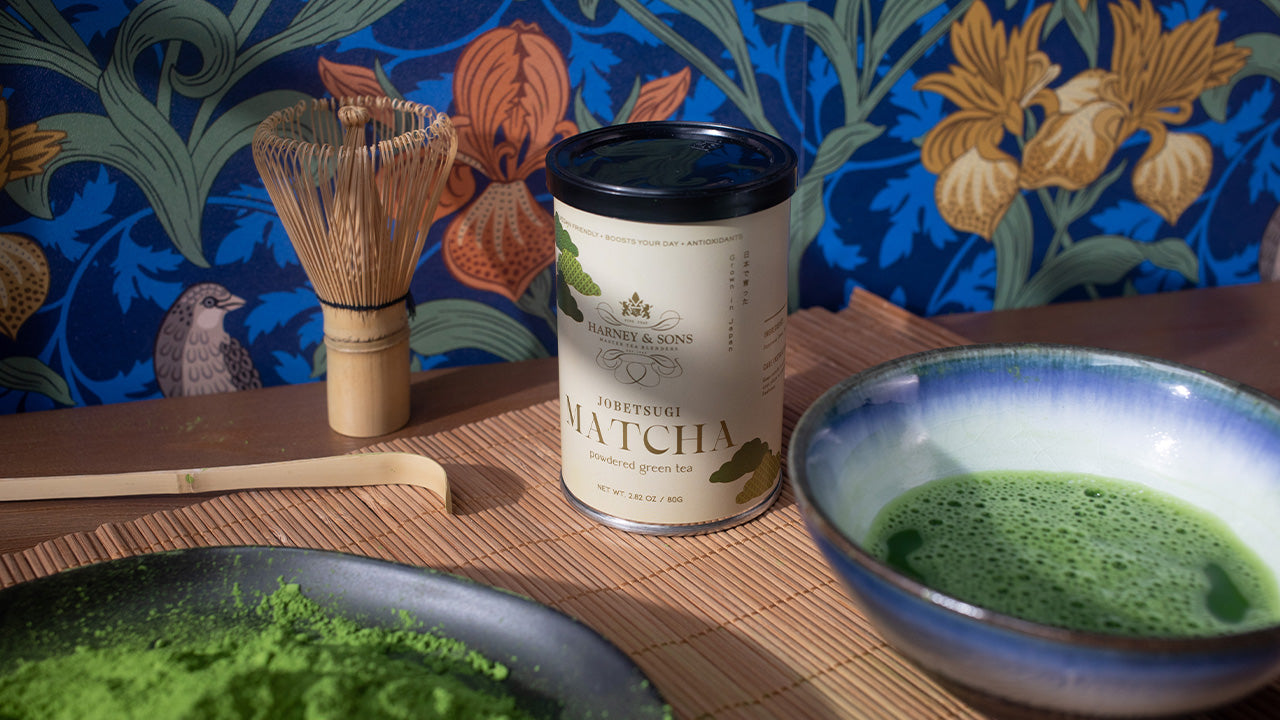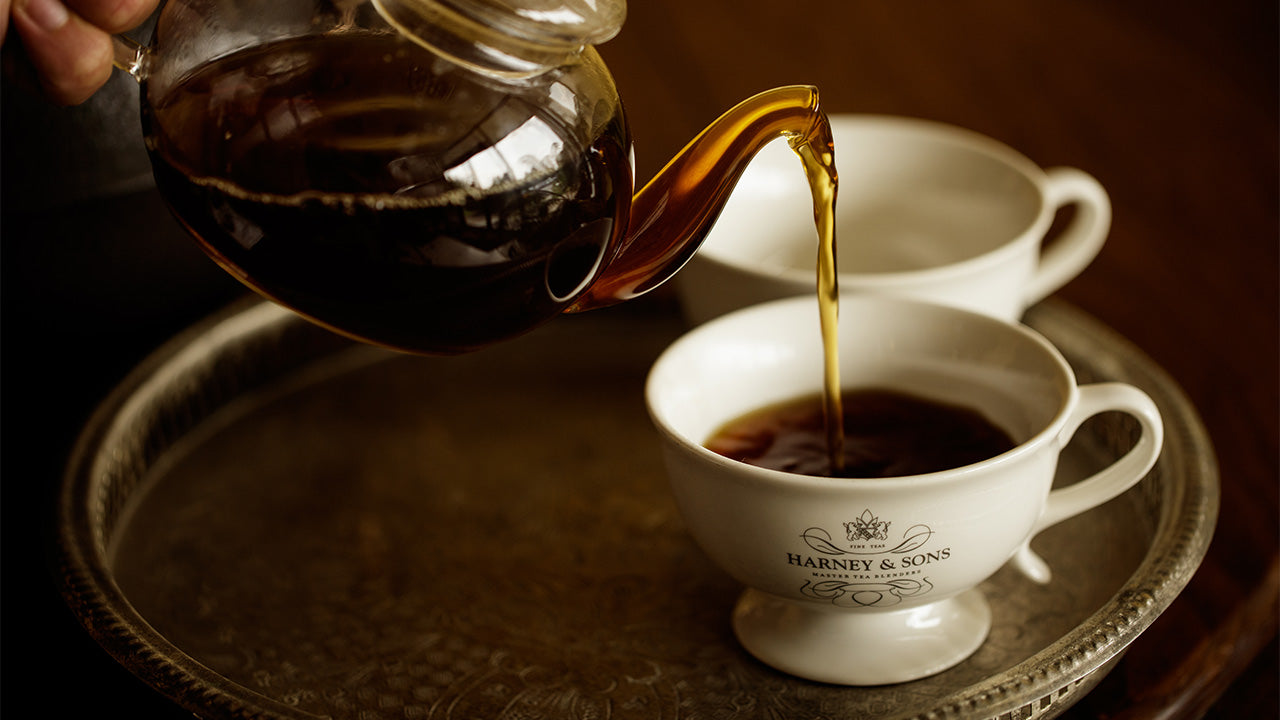There are some things that aren’t meant to be rushed. I certainly fall into that category. From the moment my leaves were shaded to deepen their sweetness, to the careful grinding that gave me life as powder, my story has always been one of patience and ritual. Generations of hands have cared for me. Every step is deliberate, every detail rooted in tradition. My journey is unlike any other tea leaves.

It begins before I’m even harvested. Several weeks beforehand, I’m carefully covered to reduce my exposure to sunlight. This isn’t just for show—it’s what deepens my chlorophyll, boosts my amino acids, and gives me the vibrant green color you know and love. Sitting in the shade that long can get a little dull, I’ll admit. But patience is part of my story. It’s the wait that shapes my rich, one-of-a-kind flavor.
Did I mention that only the youngest, most nutrient-dense leaves are picked for harvest? Talk about pressure! Once I’m gathered, I enter the Aracha stage, where I am presented as the raw, unrefined version of myself. At this point, I’m sold at tea auctions, surrounded by other leaves, twigs, and veins, all mixed together in a rustic pile. Outsiders are often not allowed in, which makes the room feel mysterious and important. This stage preserves my natural flavor and nutrients, giving me the complex aroma that farmers have enjoyed for generations.
My journey only gets more intense from here. After being selected for purchase, I’m quickly steamed to prevent oxidation and lock in that bright green color I bragged about earlier. Then I’m laid out to dry, before my stems and veins are carefully removed. It may sound a little harsh, but it’s a crucial step. Without it, I’d never become tencha, the foundation of true matcha.

Once dried, most leaves are packaged and ready to steep. For me, I go through a bit more than that. After I become tencha, I move on to the final, most delicate stage of my transformation. I’m placed between heavy granite stone mills, chosen because they grind me gently and evenly without creating excess heat. If the stones move too quickly, I’d overheat, losing my bright color, and taking on a bitterness that doesn’t belong to me. Instead, the process is slow and steady—so slow that one mill produces only enough for a tin or two in an entire hour. Bit by bit, I’m transformed into a powder so fine that I can dissolve seamlessly into water.
What happens next depends on you. Will I be whisked into warm water for a traditional cup of matcha, or shaken up cold for a refreshing iced version? If you choose the classic path, sift me into your cup, add water just below boiling (about 175°F), and whisk in quick M or W motions until I bloom into a smooth, frothy layer. Unlike other green teas, where the leaves are steeped and discarded, I’m consumed entirely, making me a more concentrated source of nutrients and antioxidants.
Some people enjoy me simply, hot with a splash of milk. Others prefer me poured over ice for a cool, energizing lift. Lately, I’ve been turning heads as a matcha latte, showing up everywhere from cozy coffee shops to TikTok feeds. Baristas and home creators alike have been experimenting with flavored foams, syrups, and even matcha “refreshers,” proving that while my roots are steeped in tradition, I’m also very much part of today’s drink culture.
Continue the journey with me in the Harney & Sons Matcha Collection. After all, I do enjoy the spotlight, and I have even more of my story to share. If you would like to learn more about my history, traditions, and the many ways to enjoy me, Matcha 101 is the perfect place to begin.




